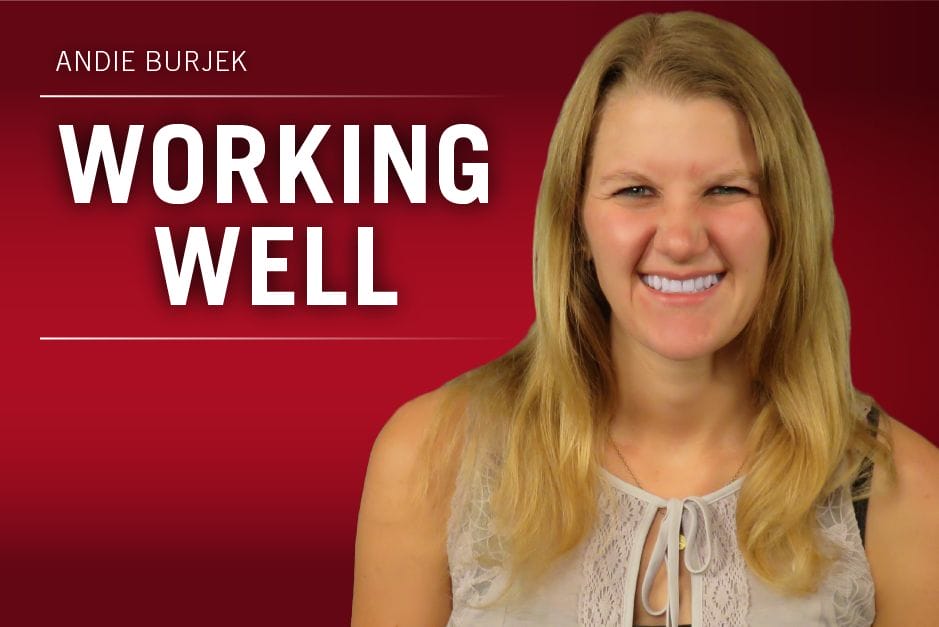I recently attended the Midwest Business Group on Health’s 37th annual conference, where they hit the nail on many employer-sponsored benefits related topics.
I was prepared to be very “eye-rolly” about the “employers as superheroes” theme, but, to be honest, I dug it. It meant a lot of corny jokes (who doesn’t appreciate a solid corny joke?) and it meant the speakers, people with impressive careers in the employee benefits space, often identified themselves as a superhero before talking about the heavy stuff.
(My answer: Buffy the Vampire Slayer. She had a stake named Mr. Pointy. She talked like a valley girl. She dusted a lot of vampires. See, it’s fun.)
Here are some of the major takeaways I got from various speakers:
Health Care: Yes, employer-sponsored health care was a priority topic. Needless to say, there is a lot of uncertainty around the GOP health care bill. It doesn’t help that there will be more than one in the future. Although the revived and reconsidered American Health Care Act narrowly passed the House, the Senate is a whole other story. The AHCA is not popular, and the Senate is creating their own health care legislation.
A few panelists and speakers had different things to say about health care. I appreciated the point of view of health care entrepreneur/medical economist JD Kleinke, who made jokes, shared vacation photos and somehow made a session about health care funny. A few things that I found valuable:
- On consumer-driven health plans: No matter what you do with benefits design, it won’t change the basic fact that people are not rational consumers for any product. And when it comes to feeling better and getting healthy, that doesn’t change. He gave a silly example of people paying twice as much for a brand of cereal that wasn’t very different from the generic brand at all, but people still paid for it. Use the same logic with health care annnnnd … can consumers of health care really be rational consumers if they assume the most expensive option is the best option for them, or for one of their loved ones?
- He does not expect the AHCA to go through, for a few reasons. One is that half of Americans have pre-existing conditions, he noted. Many Trump voters and Republicans believe that preexisting conditions should be covered (which the AHCA doesn’t do well, many have argued). If their constituents don’t want this, then the legislators voting on the bill probably won’t vote for it.
- His level of nonchalance about this was noteworthy to me because for employers, the uncertainty around health care is one major stress. How do you make a long-term plan when you don’t know what the health care landscape will look like in 5 years? So, hearing a medical economist speak like this in a way that was not anxious or uncertain was refreshing.
Pharmacy Spend: Cheryl Larson, vice president of the MBGH, and a panel of experts also had a discussion about the relationship between employers and pharmacy benefits managers. PBMs have been in the news a lot recently: A few weeks ago, Anthem broke up with Express Scripts, arguing over $15 billion. This week, Express Scripts announced a deal with drug price transparency company GoodRx to reduce drug prices for the uninsured. Also, states like California and New York are beginning to consider and push forward PBM transparency laws.
This topic was especially interesting for me, as I’m writing on it for the next issue of Workforce. A lot of people have had differing ideas for why prescription drug costs are increasing at such an alarming rate. No matter who’s doing the finger pointing or who’s being pointed at, the key question remains: How do companies contain pharmacy drug spend?
More to come about this from me later for Workforce, but for the time being … what’s been a common theme in this conference and in interviews with various people is the need for collective action, and for employers to work together and share ideas to push for change that will benefit all employers.
Other Noted Takeaways (Thoughts? Comment Below)
- Consumer-driven health plans won’t lead to major change in health care in the big picture. If we’re just changing how and who pays for care, does it really make a difference?
- Misdiagnosis is a major cost driver for employer health care costs. Sally Welborn, senior vice president, global benefits, Walmart Stores Inc., noted that inappropriate care (care that should not be delivered) accounts for 30 percent of the GDP spent on health care (which is 18 percent, by the way). “The worst dollar spent is the dollar spent on care that does not need to be delivered,” said Welborn. A solution Walmart uses is centers of excellence.
- Vision and dental should not be considered side benefits. “We focus so much on medical, we forget about the other two that are integral to the health of the individual,” said one panelist.
- Obesity is a complicated but necessary issue to deal with in the workplace. As body mass index rises, so do health care costs, presentee-ism and absenteeism costs, and workers’ comp costs. “Telling people with obesity to eat less and move more is like telling someone with depression to cheer up,” said presenter Gabriel Smolarz, quoting Dr. Ayra Sharma, a leading obesity specialist in Canada. This attitude shows lack of understanding of the disease. He also noted that a 5 to 10 percent decrease in body weight can make a significant impact on employees’ health and employers’ cost. What can employers do? I don’t have the answer now, but suggestions are welcome.
Andie Burjek is a Workforce associate editor. Comment below, or email at aburjek@humancapitalmedia.com. Follow Workforce on Twitter at @workforcenews.

